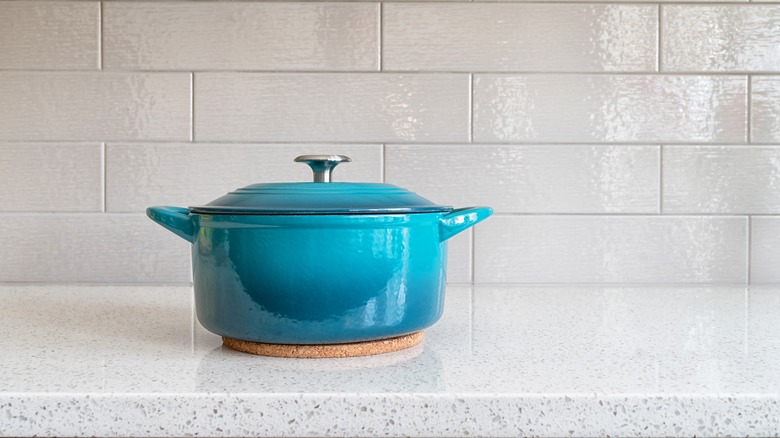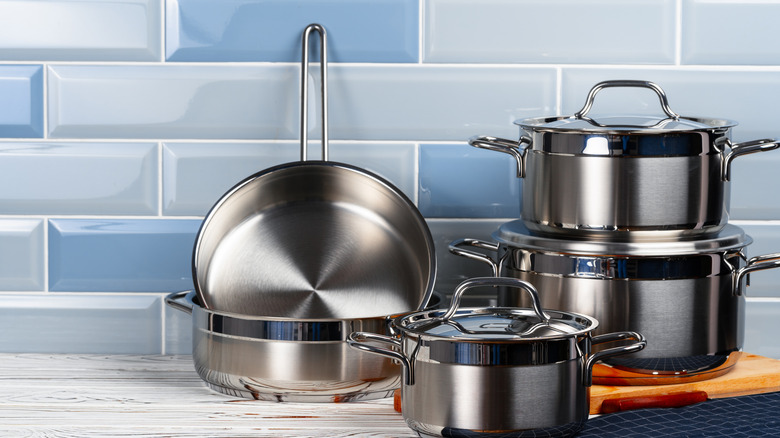Invisible Cooktops Are Designed For All Your Small Kitchen Needs
Modern design is abuzz with the idea of invisible cooktops in state-of-the-art kitchens. These feature a space-age, futuristic option for disguising one of the largest pieces of furniture in a kitchen — the stovetop. As recent trends move toward near-invisible kitchens and adaptable spaces — especially in smaller kitchens – this solution to the lack of useable counter space is one that is growing in popularity.
Invisible cooktop systems use induction cooking, in which the heating element is installed to the underside of a regular counter surface such as granite or marble, making the cooktop completely invisible to the eye when not in use. The cooktop is then either controlled by a hidden control panel or through your phone and smart devices. The end result is a seamless look that provides all the convenience of a well-outfitted kitchen but without the visual clutter of an ordinary stove or conventional cooktop.
Benefits of an invisible cooktop
The benefits of an invisible cooking element are many, including the safety of induction-style cooking, which does not employ flame or heating coils and instead relies on a transfer of heat between the counter and the pan, resulting in safer heat and fewer burns. This is particularly desirable in homes with children or pets. It is also more energy efficient than gas stoves, and because it cooks faster, uses less electricity than a conventional electric cooktop.
An invisible cooktop also is easier to clean and maintain, offering a completely flat surface. The space normally occupied by a cooktop now becomes additional counter space — something most kitchens can benefit from, particularly smaller kitchens or tiny homes and apartments. The overall effect is sleek and modern while also being more practical. When combined with other appliances such as invisible fridges, a kitchen becomes less of a cooking-only space and can be used for other kinds of living.
Drawback of invisible cooktops
One of the biggest drawbacks of installing an invisible cooktop is its cost. Outfitting an existing kitchen can be expensive, averaging around $2400 to install. The cost will also vary according to the counter's base material. In addition, since induction cooking only works with properly magnetized cookware, you may have to replace your favorite pots and pans with induction-friendly options, which can be expensive.
The space-age design feel of the invisible cooking surface may also clash with more traditional design schemes that make the stove the centerpiece and hearth of a cozy kitchen. Some designers consider the concept of invisible kitchens as a cold and unappealing option for spaces that should be welcoming and cozy. This can mean that an invisible kitchen, for some buyers, may actually make a home less attractive. In addition, the gas range vs. electric range debate is often a hotly contested topic among chefs as to which provides better results and more temperature control.

